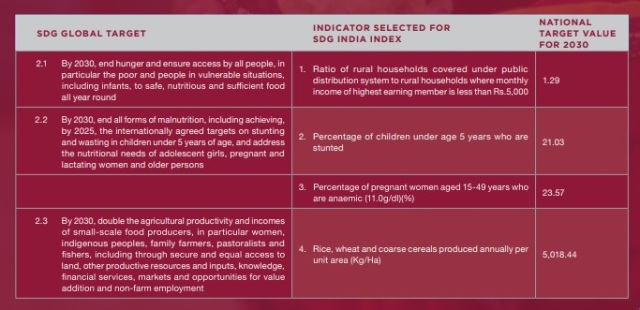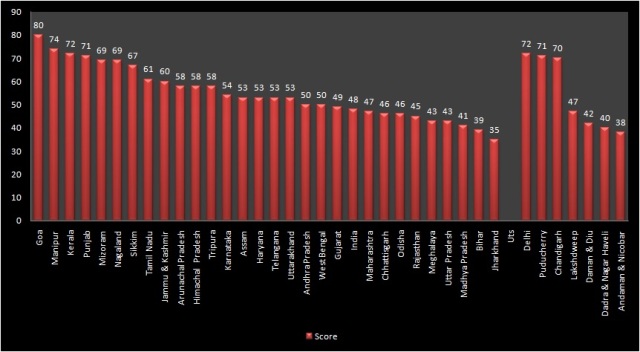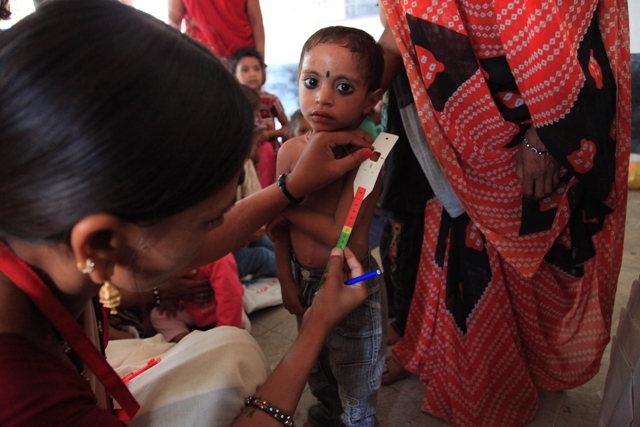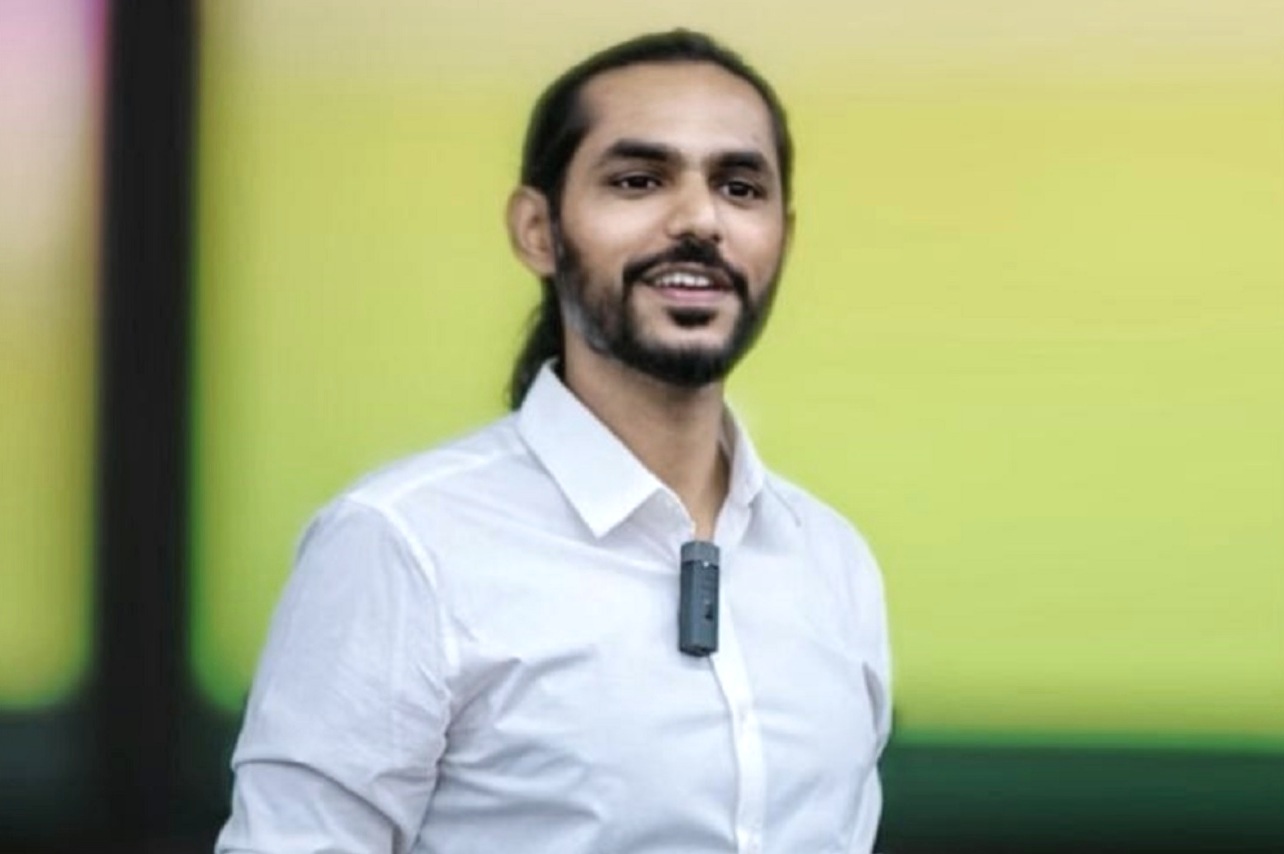India observes September as Poshan Maah to highlight the importance of the nutrition crisis in the country. The purpose is to heighten the awareness among people about the challenges the country is facing and the efforts that need to be made in order to meet the country’s Sustainable Development Goals (SDGs). Here are some important facts related to the subject which will help you to understand the whole debate around Nutrition, hunger and Sustainable development goals (SDGs).
What is Sustainable Development Goal (SDG)?
SDGs were adopted by all United Nations Member States in 2015 as a universal call to action to end poverty, protect the planet and ensure that all people enjoy peace and prosperity by 2030. SDGs are designed to bring the world to several life-changing ‘zeros’, including zero poverty, hunger, AIDS and discrimination against women and girls. The 17 SDG and 51 targets are all interconnected and in order to leave no one behind, it is important that all of them are achieved by 2030.
How SDG is related to India’s nutrition problem?
SDG 2 talks about Zero Hunger. It includes ending hunger, achieving food security and improved nutrition, and promoting sustainable agriculture, aims to end all forms of hunger and malnutrition by 2030, making sure all people–especially children–have enough and nutritious food all year.
Under this, India’s Goal for 2030 is to end hunger and malnutrition by ensuring that quality food is accessible to all, to meet their nutritional needs for a healthy life. Ending hunger and malnutrition demands resilient food production systems and sustainable agricultural practices. Additionally, it requires ensuring equitable access to nutritious food by all, improving sanitation and hygiene, and reducing vulnerability to shocks and disasters.
How serious India’s nutrition problem is?
Despite the gains in reducing poverty rate, India is saddled with high levels of malnutrition, anemia, stunting and wasting. According to the National Family Health Survey (NFHS-4), almost half of pregnant Indian women aged between 15 and 49 years are anemic, and more than one-thirds of women have a low body mass index. Among children younger than age five, 38.4 per cent have low weight-for-age and 21 per cent have low weight-for-age. Food security and nutrition pose a challenge in India because of a number of factors such as inadequate access to food, structural inequalities (gender, caste and social groups), lack of water and sanitations, micro nutrient deficiencies and illiteracy. All these problems can be resolved by increasing agricultural productivity and ensuring access to food.
What are the goals India wants to achieve?
To measure India’s performance towards the Goal of Zero Hunger, four national level indicators have been identified which capture three out of the eight SDG targets for 2030 outlined under this Goal. These indicators have been selected based on availability of data at the national level and to ensure comparability across States and Union Territories (UTs).
India’s SDG targets for 2030

What is the problem with agricultural productivity in India?
Agricultural Productivity – India currently produces 2,509 kg of agricultural produce of rice, wheat and coarse grains from one hectare of land annually. The agricultural yield (quantity of a crop produced per unit of land) is found to be lower in the case of most crops, as compared to other top producing countries such as China, Brazil and the United States, says the Food and Agriculture Organization of United Nations.
India aims to double this by 2030 to 5,018kg/Ha. While no State or UT in India has achieved this target as yet, the UT of Chandigarh is nearing the targeted productivity with current levels at 4,600kg/Ha. Following suite is Punjab with annual productivity of 4,297kg/Ha.
What is the status of Indian states regarding SDG 2?
India has developed its own ranking system. SDG Index Score for the Goal of Zero Hunger ranges between 35 and 80 for States and between 38 and 72 for UTs. Goa and Delhi were the top performing among States and UTs respectively. Seven States and three UTs bagged a position in the category of Front Runners (with Index score greater than or equal to 65. However, ten states and four UTs fell behind in the Aspirants category (with Index score less than 50). See the box to know where your state stands.
Statewise SDG Index score

What are India’s plans to deal with these challenges?
India has targeted initiatives, both at the national as well as State level, aiming to achieve this Goal. The National Food Security Act, 2013, which mandates provision of food grains to nearly 75 percent of the population in rural areas and 50 percent of the population in urban areas at affordable prices under the Targeted Public Distribution System.
Under the Integrated Child Development Scheme (ICDS), supplementary nutrition is provided to pregnant women, lactating mothers and children below 6 years of age. The recently launched Poshan Abhiyaan or the National Nutrition Mission has brought in renewed focus and synergized efforts to battle stunting, wasting, anaemia and malnutrition among children.
Initiatives like the National Mission on Sustainable Agriculture and E-NAM are promoting sustainable food production systems and ensuring proper functioning of the food commodity market Schemes like the Mid-day meal programme focus on reducing malnutrition among school children, thereby encouraging enrolment in schools.
In addition to these, there are several agriculture related policies, programmes and schemes. The National Mission on Agriculture Extension and Technology enables delivery of appropriate technologies and improved agronomic practices for farmers. The National Mission on Sustainable Agriculture and the National Food Security Mission aims to enhance agricultural productivity, and the Pradhan Mantri Krishi Sinchayee Yojana (PMKSY) aims to improve water use efficiency.











.jpg)




